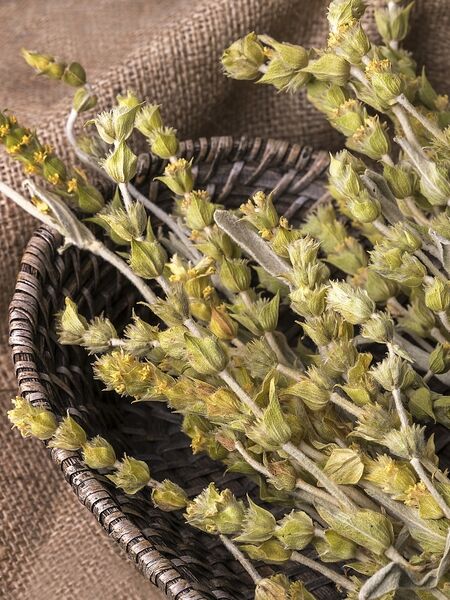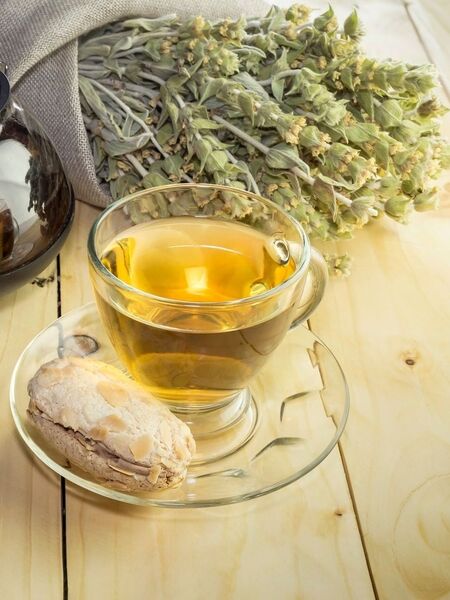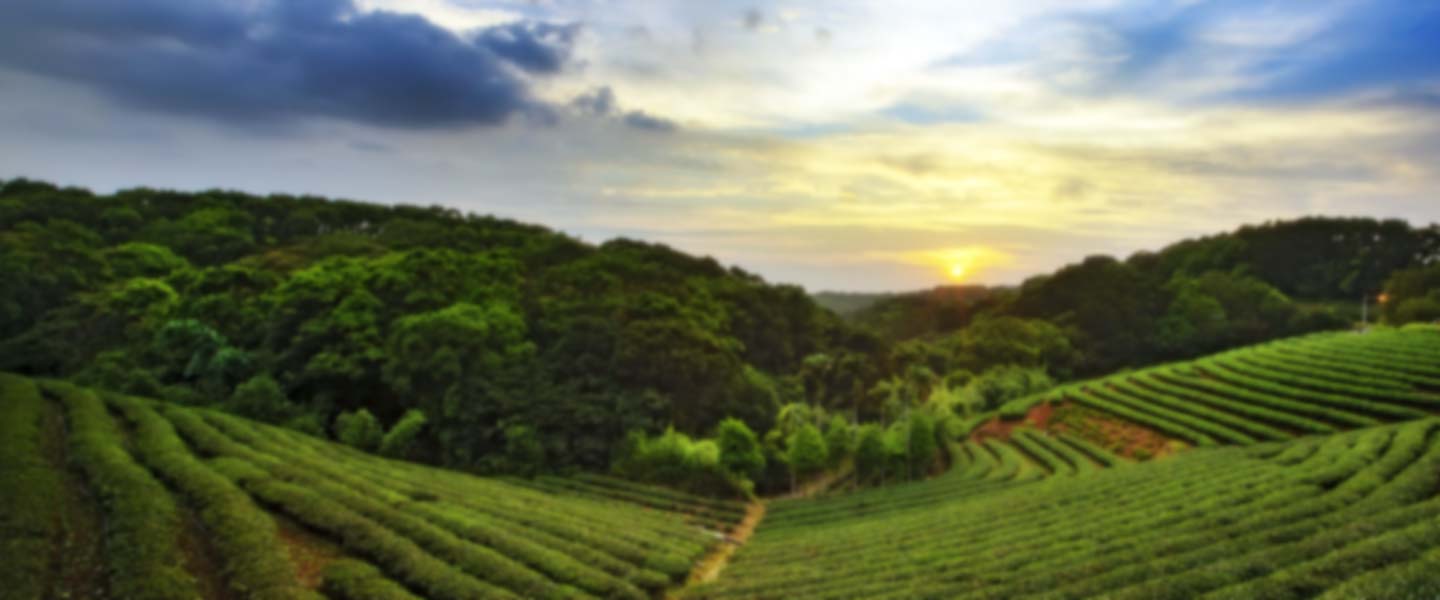Greek Mountain Tea vs Tea: Health Benefits + more


Comparing Greek Mountain Tea to Camellia sinensis
Tea lovers are always on the lookout for new flavors, wellness benefits, and cultural traditions to explore. While Camellia sinensis — the plant behind green, black, white, and oolong teas — dominates global tea culture, another ancient brew has been steadily gaining attention: Greek Mountain Tea, also known as Sideritis. At first glance, these two infusions may seem worlds apart, but both have deep histories, complex flavors, and fascinating health benefits. Let us explore how Sideritis compares to Camellia sinensis in terms of taste, caffeine, and overall effects on the body.
What is Greek Mountain Tea?
Greek Mountain Tea is made from plants in the Sideritis genus, which thrive in the rocky, high-altitude regions of Greece and surrounding Mediterranean areas. Often called 'ironwort' or 'shepherd's tea,' it has been consumed for centuries as both a comforting drink and a medicinal herbal infusion. Unlike Camellia sinensis, which is cultivated into a range of styles through oxidation and processing, Sideritis is simply dried and steeped, keeping its natural character intact.
The Legacy of Camellia sinensis
Camellia sinensis is the backbone of the global tea industry. Green tea from Japan, oolong from Taiwan, black tea from India, and pu-erh from China all originate from this single plant, transformed through different processing methods. These teas have become daily rituals for billions of people worldwide and are celebrated for both their diverse flavors and their stimulating caffeine content. Greek Mountain Tea, by contrast, is caffeine-free and belongs to an entirely different botanical family, but it has its own devoted following.
Sensory Differences in Flavor
Flavor is where Greek Mountain Tea and Camellia sinensis diverge most clearly. Greek Mountain Tea has a naturally sweet, floral, and slightly citrusy character with herbal and earthy undertones. Many describe it as soothing and smooth, with none of the bitterness that can occur in poorly brewed green or black tea. Camellia sinensis, on the other hand, offers a broad spectrum: grassy and umami-rich sencha, malty Assam, honeyed oolong, or smoky lapsang souchong. The variety is vast, but it often requires careful brewing to avoid astringency.
Caffeine Content: Gentle vs. Stimulating
One of the biggest differences between the two is caffeine. Camellia sinensis naturally contains caffeine, though levels vary by style. A typical cup of green tea might have 30 mg, while black tea can contain 40–60 mg. This gives drinkers a gentle energy lift and makes tea a popular alternative to coffee. Greek Mountain Tea, by contrast, contains no caffeine at all. This makes it a perfect evening beverage or a soothing option for those who are sensitive to stimulants. It can be enjoyed in generous amounts without affecting sleep or causing jitters.
Health Benefits of Greek Mountain Tea
Greek Mountain Tea has been valued for its medicinal properties since ancient times. Research shows it contains high levels of polyphenols, antioxidants, and essential oils that may support immune function, reduce inflammation, and aid digestion. It has been traditionally used to soothe colds, ease respiratory issues, and promote relaxation. Some studies suggest it may also have mild antidepressant and neuroprotective effects, making it a subject of growing scientific interest.
Health Benefits of Camellia sinensis
Camellia sinensis is equally famous for its health properties. Green tea is packed with catechins such as EGCG, which support cardiovascular health and may help with weight management. Black tea contains theaflavins that contribute to heart health and gut balance. Matcha, a powdered form of green tea, delivers concentrated antioxidants and amino acids like L-theanine, which create a unique state of calm alertness. Unlike Sideritis, however, the caffeine content may not be suitable for everyone.
Cultural and Ritual Differences
Another fascinating difference lies in cultural traditions. Camellia sinensis is central to elaborate tea ceremonies in Japan and China, afternoon tea in Britain, and chai culture in India. Greek Mountain Tea, on the other hand, is woven into rural life in Greece. Shepherds brewed it in the mountains after long days, and today it is still served in households and cafes across the country, often with honey and lemon. It may lack the global rituals of Camellia sinensis, but it carries a strong sense of Greek heritage and hospitality.
When to Choose Each
Choosing between Greek Mountain Tea and Camellia sinensis depends on what you are looking for. If you want a stimulating drink with endless variety and centuries of tea craft behind it, Camellia sinensis is the clear choice. If you want a caffeine-free herbal infusion with gentle flavor and wellness benefits, Greek Mountain Tea is unmatched. Many tea lovers keep both on hand, choosing Camellia sinensis for focus during the day and Sideritis for relaxation in the evening.
The Sweet Takeaway
Greek Mountain Tea and Camellia sinensis may come from different worlds, but both have earned their place in the cups of tea enthusiasts. One provides energy and ritual, the other offers calm and comfort. Together, they represent the full spectrum of what tea can be a daily ritual, a cultural tradition, and a source of both pleasure and health. Whether you are brewing a bold black tea or a soothing Sideritis infusion, the joy of tea lies in discovery and appreciation of its many forms.
